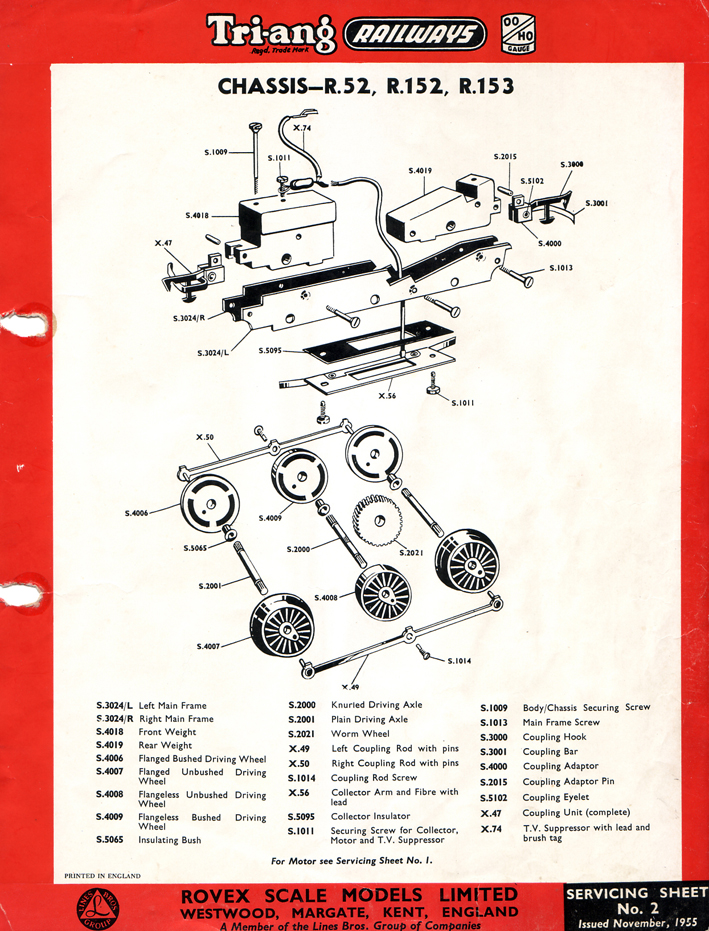The Tri-ang 3F tank locomotive, “Jinty” was produced from 1952 until the mid 70’s. The version shown in the featured image was made between 1957 and 1959. It has the early BR crest and is lined. It has the early hook and bar coupling.

Originally the model had an unlined black livery with British Railways spelled out in words.

The prototype
The origins of the 3F Jinty locomotive date back to 1899. They were built to a design by Johnson of the Midland Railway. Later Fowler of the LMS modified the design and over 400 were built between 1924 and 1931. Various manufacturers built them including the Ex Lancashire and Yorkshire works at Horwich.

They were numbered by the LMS from 7260 to 7681. British Rail simply added a 4 prefix. the model has the number 47606. Withdrawals began by 1959 although some lasted until the end of steam.
They were also used for light passenger and short trip duties.
The model
The body is made out of moulded plastic, early versions being made of acetate. The whistle is also painted plastic. It is quite a hefty beast at 212 grams. Buffers are plastic with a painted buffer beam. The motor intrudes into the cab and there is a rather prominent screw in the chimney. Hand rails are moulded and not picked out. Also the number on the smoke-box door is present but should be picked out in white.

The chassis used is the R52 with phosphor bronze pickups and brass gears, this chassis went through various revisions. Many thousands of this model were made. They usually run well if kept oiled.

The Jinty is seen here in the 1961 catalogue, as part of a train set. It has the later BR crest. Note, the shunter uses the same chassis.


Here we see a scan from the December 1961 edition of Model Railway Destructor. The price of the RS.4 set is approximately £5, which is £112 in today’s money. This was affordable to most families. Note the monthly terms for the less well off.


As a bonus two early Rovex LMS coaches are shown. These were made in 1950 for the original Marks and Spencer train set. Only 6″ long, they are remarkably crude and toy like. However the bogies are made of metal, with plastic wheels. There is no interior seating. Oddly the buffers are also metal. The amount of play on the bogie pivots is enormous, this gives them a rather comical wobble in operation. They were available until 1956.












